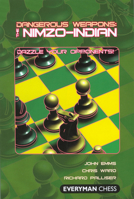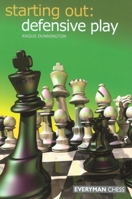The Meaning of Fossils: Episodes in the History of Palaeontology
You Might Also Enjoy
Customer Reviews
Rated 5 starsA phenomenal read - The development of science, and our understanding of fossils
Rudwick's primer on the meaning of fossils is a well written and engaging book which is read by many professional geologists. It explores the link between society and science; claiming that overarching world views affect the realm of possible explanations scientists and others can come up with. The world views held at different times determine what questions and interests scientists have and the spectrum on which the answer...
0Report
Rated 4 starsGood Modern Science History
I only gave this book 4 stars because parts of it can be a little difficult to follow, but anyone really interested in the history of science in general or the largely neglected history of paleontology in particular will find a wealth of fascinating information within it. For example it untangles what Cuvier really thought about geological catastrophes from the beliefs of the English geologists who used his work in support...
0Report
Rated 5 starsA "must read" for palaeontology students!
Rudwick chose the title "The Meaning of Fossils: Episodes in the History of Palaeontology" for his book, but I think that a subtitle more descriptive of the contents would be something like "Essays on the History of Palaeontology." A subtle difference, perhaps, but meaningful, since in many respects this book is about the people behind the fossils as much as it is about fossils themselves. The book includes the following...
0Report


































































